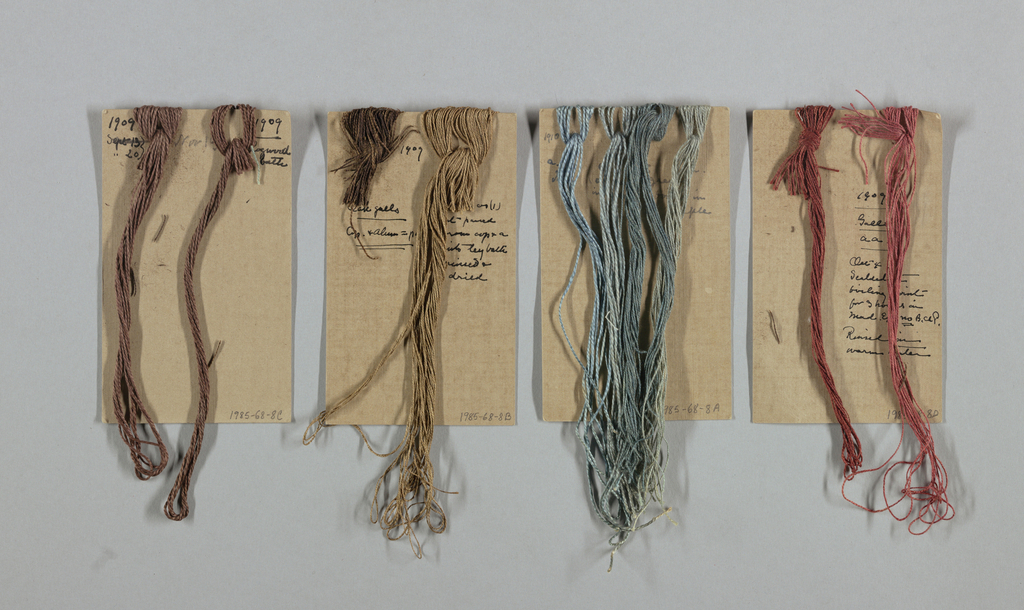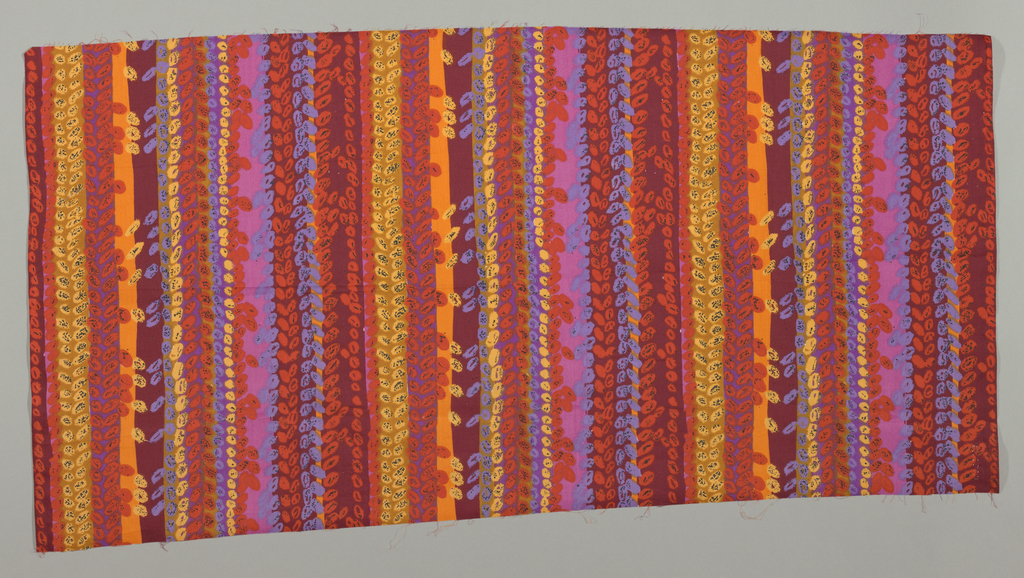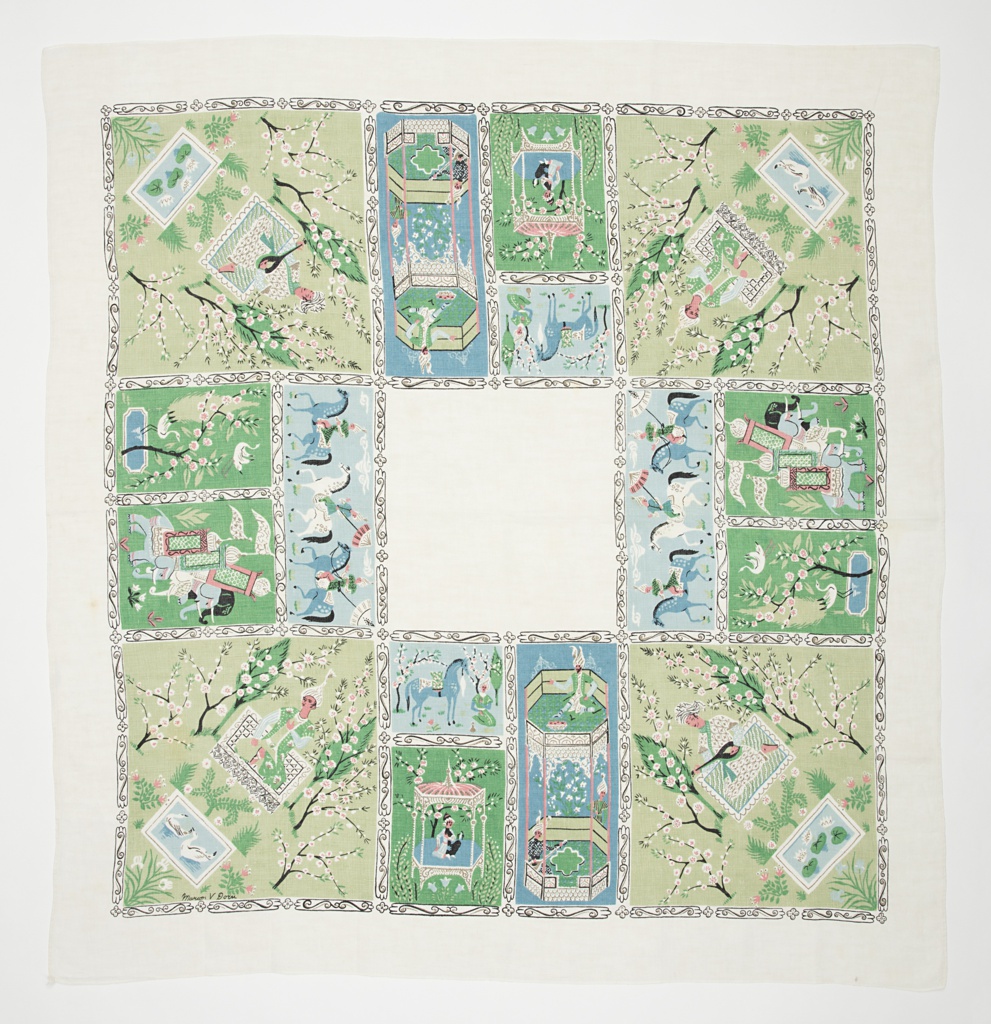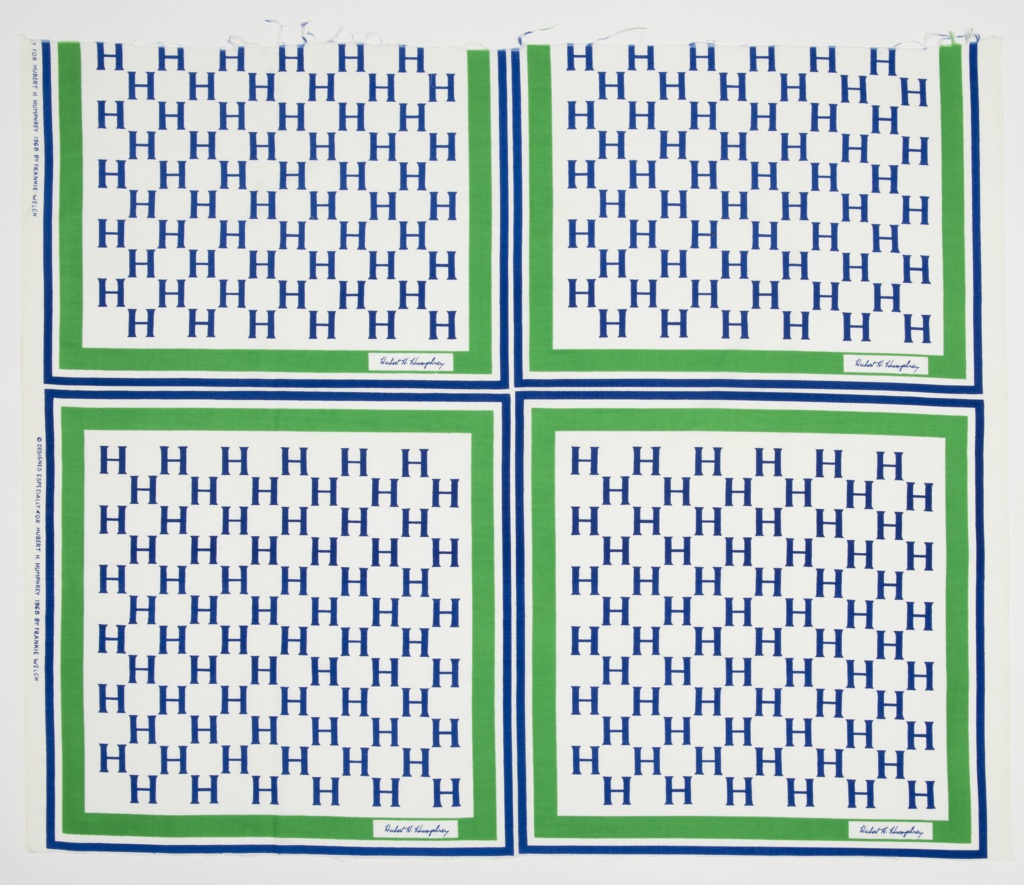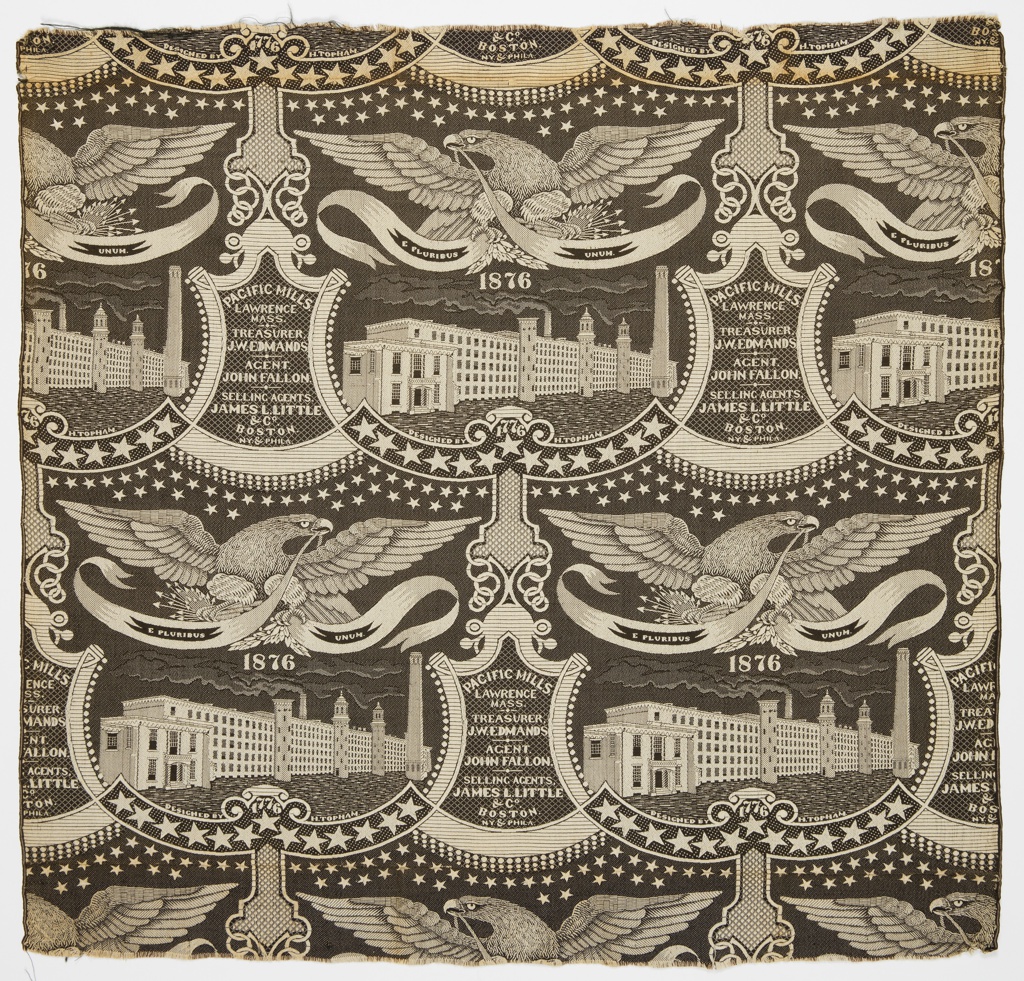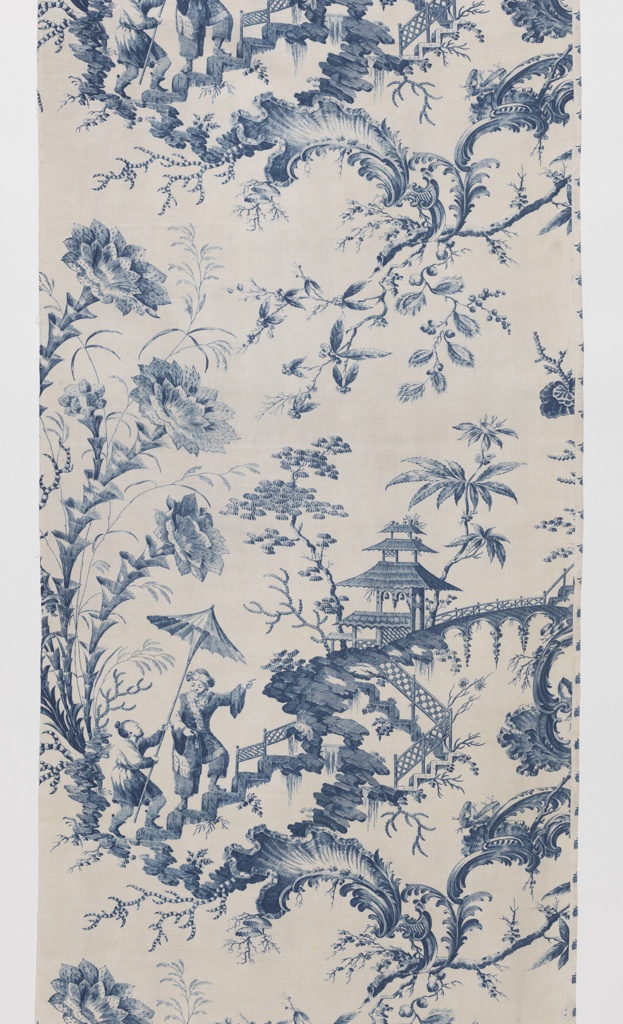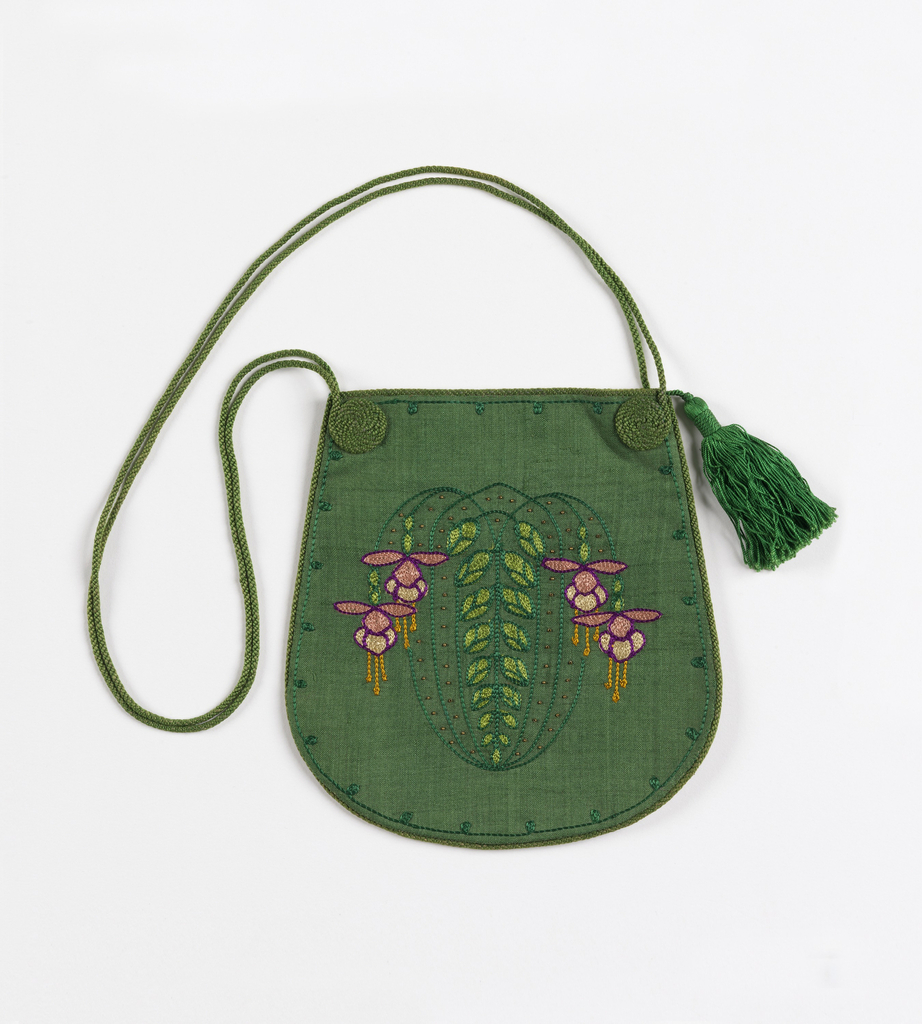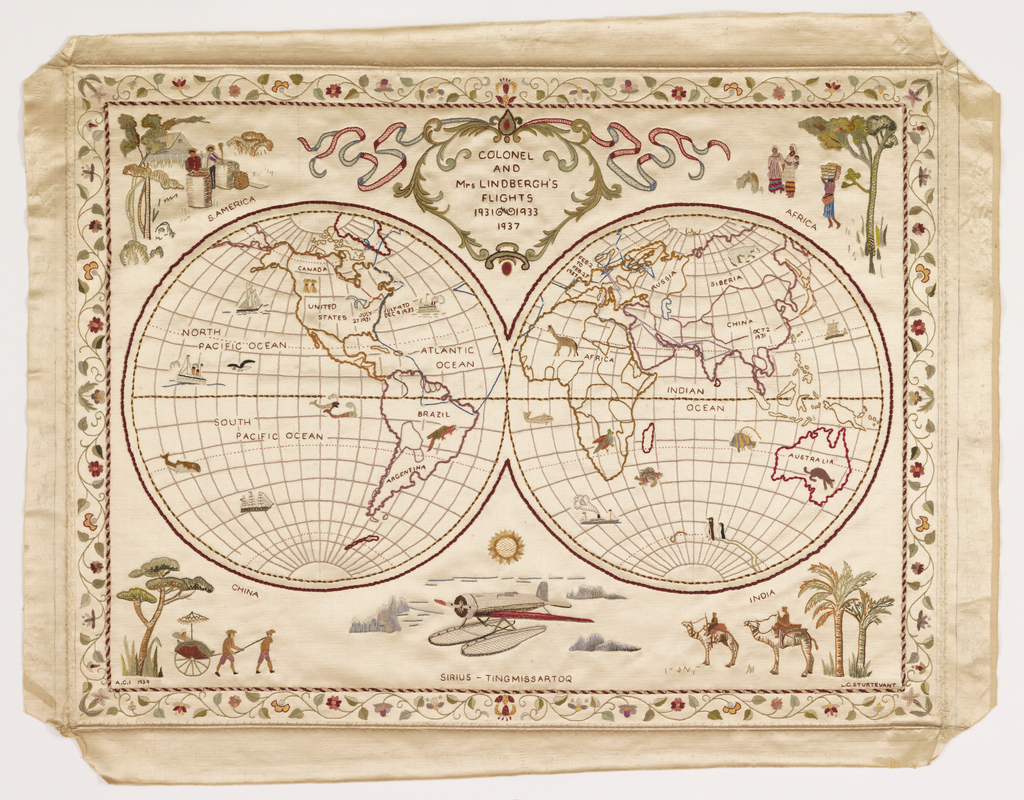September is New York Textile Month, a citywide celebration of textile creativity. As in past years, the museum is collaborating with the Textile Society of America. A non-profit professional organization of scholars, educators, and artists in the field of textiles, TSA provides an international forum for the exchange and dissemination of information about textiles worldwide....
As part of the African-Caribbean diaspora of the mid-twentieth century, textile designer Althea McNish had a lasting impact on British design over the course of her career . Born in Port of Spain, Trinidad, she studied painting and worked as a cartographer and illustrator for the British government there. [1] In 1951, she and her mother left the island to...
This colorful tablecloth was designed by Marion Dorn Kauffer, an accomplished twentieth-century designer primarily known for her textiles and carpets. Designing across different media, she also created wallpapers, illustrations, and graphics. The printed pattern that decorates this tablecloth features a series of square and rectangular vignettes inspired by Mughal painted miniatures from India. The vignettes...
This Hubert H. Humphrey “signature scarf” fabric was designed for Humphrey’s 1968 presidential campaign by Frankie Welch (a.k.a. Mary Frances Barnett), a textile and fashion designer as well as personal shopper and boutique owner. When her husband’s new position at the CIA first brought the Welch family to Washington, DC area in the 1950s, Frankie taught home...
This woven textile by Pacific Mills serves as a commemorative of the 1876 US Centennial while also promoting the textile manufacturer from Lawrence, Massachusetts – one of the largest textile producers in the Western Hemisphere during the nineteenth century. Woven in black and cream, the unusual composition has a bold graphic quality and depicts a...
This post was originally published on July 26, 2018. Stevengraphs are small woven pictures that depict famous buildings, historical events, iconic scenes, and prominent public figures such as members of royal families, politicians and athletes. They were produced by Thomas Stevens (English, 1828–1888), a Coventry weaver who customized the jacquard loom to produce small detailed...
This textile’s whimsical chinoiserie scene was inspired by the work of French artist Jean-Baptiste Pillement (1728 – 1808), and printed by Bromley Hall, a prominent textile printing manufactory in Middlesex, England. Pillement’s illustrations inspired many late-eighteenth-century textile designs. Although this design features many of the artist’s signature motifs – oversized flowers, a winding staircase and...
Author: Rachel Pool This green purse is made from silk embroidery, plant fibers, and glass beads. A single tassel dangles from one side of the purse. Made between 1910 and 1912, the purse exhibits the Art Nouveau design style, indicated by the embroidered motif that displays organic patterns taken from nature, shown in the form...
Author: Madelyn Shaw This silk embroidery, titled “Colonel and Mrs. Lindbergh’s Flights – 1931 – 1933 – 1937,” is an extraordinary take on the tradition of the map sampler. Embroidered lines in blue, gray, and red trace the routes that Charles and Anne Morrow Lindbergh took on a few of their 1930s flights: in 1931,...
